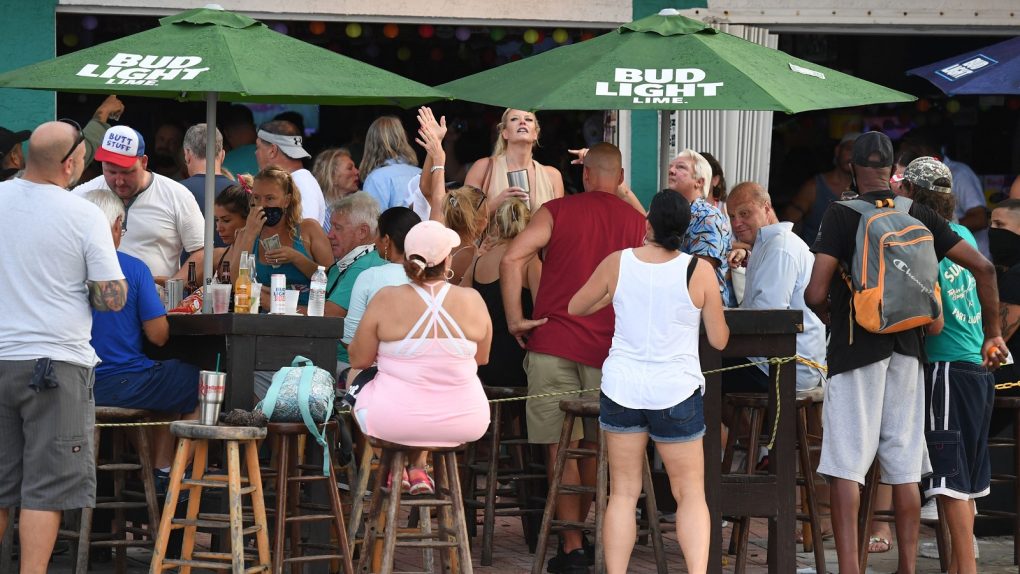- Researchers from Stanford and Northwestern have developed a model that explains which public places are the riskiest for coronavirus transmission.
- ”Full-service restaurants, gyms, hotels, cafes, religious organizations, and limited-service restaurants produced the largest predicted increases in infections when reopened,” the researchers said.
- The model also explained disparities between low- and high-income neighborhoods regarding COVID-19 spread and offered a solution that can reduce transmission.
The novel coronavirus is spreading at alarming rates in the US and Europe, as the winter wave is unlike anything experienced so far in these regions. America has been breaking daily records and has just surpassed 130,000 infections. Several European countries have reported record figures as well, with some imposing new restrictions and more limited lockdowns meant to curb the rate of infection. Since late October, the world has been averaging over half a million new COVID-19 cases per day, going as high as almost 650,000 cases on November 6th (per Johns Hopkins). Whatever measures are being taken locally, the results will not show for a few weeks.
Researchers from Stanford University and Northwestern University partnered on a study that models the likely places where COVID-19 infection is most likely to occur. The conclusions aren’t surprising, but provide public health experts, politicians, and regular people with more information about what needs to be done to reduce the spread and stop this wave.
The researchers used anonymized cell phone data to map the movements of 98 million people from March to May. Using the information, they studied 10 of the largest metropolitan areas in the US: Atlanta, Chicago, Dallas, Houston, Los Angeles, Miami, New York, Philadelphia, San Francisco, and Washington DC.
The researchers also kept track of the COVID-19 outbreaks in those areas and correlated them with movement patterns. The researchers found that COVID-19 spreads most easily in the places that you might already suspect.
“On average across metro areas, full-service restaurants, gyms, hotels, cafes, religious organizations, and limited-service restaurants produced the largest predicted increases in infections when reopened,” the researchers wrote in the study, which was published in Nature.
“Infections are happening very unevenly — that there are about 10% of points-of-interest that account for over 80% of all infections, and these are places that are smaller, more crowded and people dwell there longer,” associate professor of computer science at Stanford University Jure Leskovec said during a briefing.
Aside from identifying the most likely places that favor COVID-19 spread, the researchers also found evidence that explains why people in low-income neighborhoods are more likely to contract the illness.
“Our model predicts that one visit to a grocery store is twice more dangerous for a lower-income individual compared to a higher-income individual,” Leskovec said. “This is because of grocery stores visited by lower-income individuals have on average 60% more people by square foot, and visitors stay there 17% longer.”
While only a theoretical simulation rather than a real-life experiment, scientists think that their model suggests a simple solution to reduce transmission without shutting down the economy. Reducing the maximum occupancy in high-risk places could help lower transmission risks.
“Our model predicts that capping points-of-interest at 20% of maximum occupancy can reduce the infections by more than 80%, but we only lose around 40% of the visits when compared to a fully reopening with usual maximum occupancy,” Leskovec said. “Our work highlights that it doesn’t have to be all or nothing.”
A short video from Stanford explaining the study follows below:








